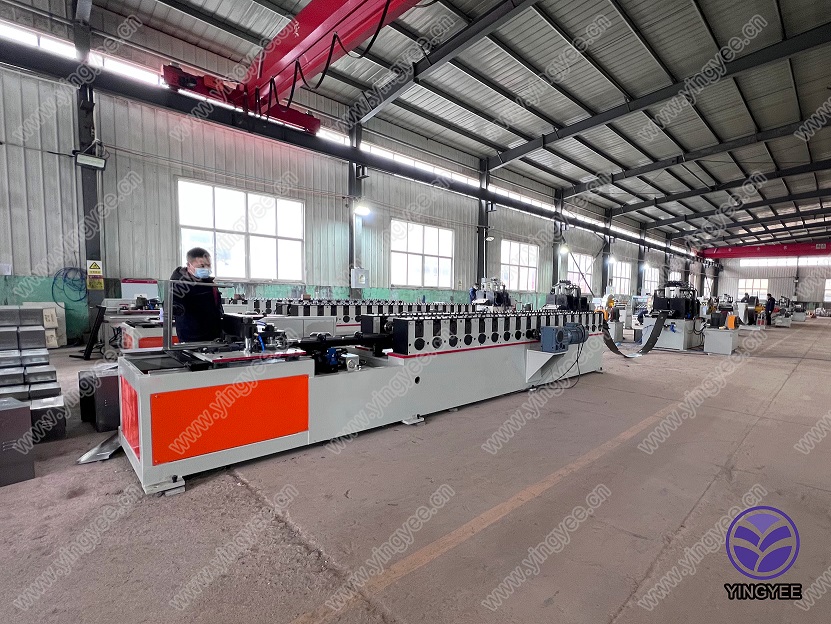
Building Machines The Intersection of Innovation and Engineering
In an age defined by rapid technological advancements, the construction and engineering industries are continuously evolving, leading to the development of increasingly sophisticated machines. Building machines, from cranes to robotics, play a crucial role in transforming architectural concepts into tangible structures. This article delves into the significance of building machines, the technologies driving their evolution, their impact on the construction industry, and future trends.
The Evolution of Building Machines
Historically, construction was a labor-intensive process that required significant human effort. Early machines such as the pulley and the steam-powered crane revolutionized how buildings were erected. These innovations laid the groundwork for modern construction equipment. In the 20th century, the advent of diesel-powered machines further enhanced efficiency and productivity, making it possible to complete large-scale projects in shorter timeframes.
Today, we find ourselves in the midst of a technological revolution, characterized by advanced machinery that integrates artificial intelligence (AI), automation, and robotics. Building machines are no longer limited to traditional excavators and bulldozers; they now include autonomous drones, 3D printers, and robotic arms that can construct intricate designs with precision.
The Impact of Advanced Technologies
1. Automation and Robotics One of the most significant advancements in building machines is the rise of automation and robotics. Automated construction equipment can perform repetitive tasks, such as bricklaying or painting, reducing the time and labor costs associated with these activities. Robotic arms equipped with sensors can work alongside human laborers, enhancing safety and efficiency on job sites.
2. 3D Printing The advent of 3D printing technology has transformed the construction landscape. With the ability to print entire structures from digital models, builders can create complex designs that were previously unimaginable. This technology not only speeds up the construction process but also reduces waste, as materials can be precisely tailored to the specifications needed.
3. Drones Drones are increasingly used in the construction industry for surveying and monitoring purposes. Equipped with high-resolution cameras and mapping software, drones can provide real-time data on project progress and site conditions. This technology allows for better planning and decision-making, ultimately leading to more successful project outcomes.

Benefits of Building Machines
The integration of advanced technologies in building machines offers numerous benefits. Firstly, it enhances productivity by enabling faster project completion. Complex structures that would have taken months to build can now be erected in a fraction of the time. Secondly, safety is significantly improved as machines can undertake hazardous tasks, reducing the risk to human workers. Finally, the sustainability aspect cannot be overlooked. Many modern building machines are designed to minimize environmental impact, utilizing eco-friendly materials and energy-efficient processes.
Challenges and Considerations
Despite the numerous advantages, the integration of advanced building machines does come with challenges. The initial investment in new technologies can be substantial, which might be a barrier for smaller construction firms. Additionally, there is a need for a skilled workforce that understands how to operate and maintain these advanced machines. Training programs must be developed to ensure workers are equipped with the necessary skills.
Future Trends
Looking ahead, the future of building machines promises even greater innovations. We can expect a rise in smart machines that utilize AI algorithms to predict project timelines, assess risks, and optimize resources. The blending of virtual reality (VR) and augmented reality (AR) with construction processes will allow for immersive planning and design reviews, ensuring stakeholders have a clear vision of the final product before construction begins.
Moreover, the focus on sustainability will drive the development of machines that utilize renewable energy sources and greener materials. As the world grapples with climate change, the construction industry will play a vital role in contributing to a more sustainable future.
Conclusion
Building machines represent the pinnacle of engineering innovation in the construction industry. As we continue to embrace technology, the capabilities and efficiency of these machines will only expand. From enhancing productivity to ensuring safety, building machines are reshaping the way we construct our world, paving the way for a future where sustainable and efficient building practices are the norm. With each advancement, we are not just building structures; we are building a new era of construction that prioritizes innovation and sustainability.